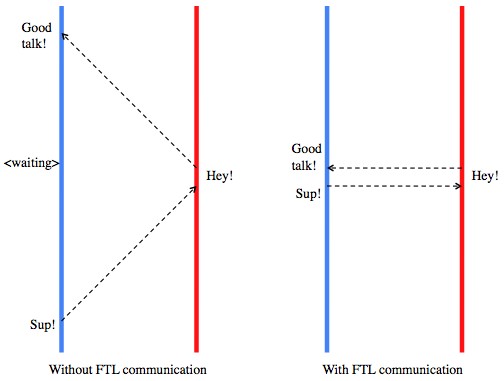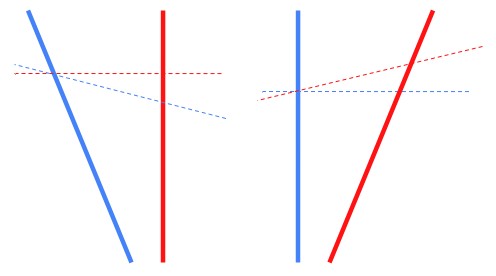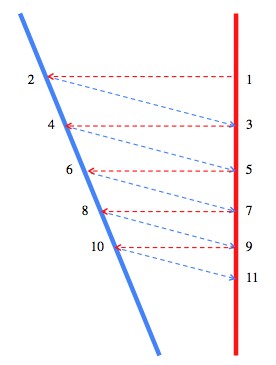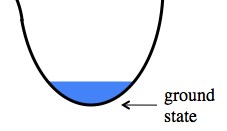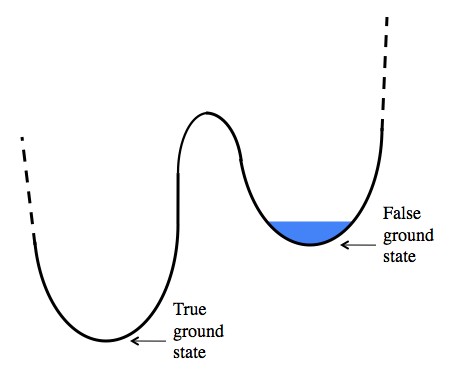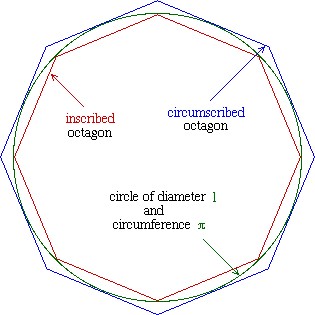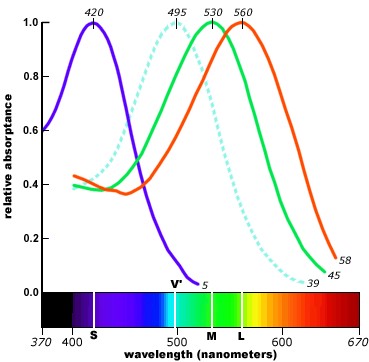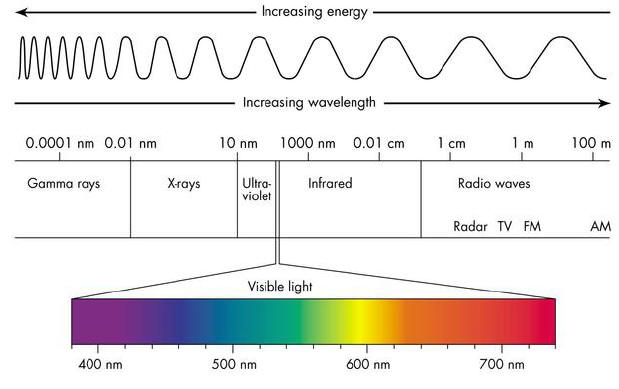The original question was: I know that if you hit water at a certain speed it is supposed to crush your body like you have hit concrete. Is this the case for all liquids or is something to do with the surface tension of water and if you hit a gas in a confined space fast enough would it feel like hitting concrete?
Physicist: There’s nothing terribly special about water, and even hitting a gas fast enough would “feel like concrete”. For example, when meteors (which are fast) hit the atmosphere they generally shatter immediately.
A good way to think about high-velocity impacts is not in terms of things (like water) acting more solid, but in terms of things (like people, rocks, Fabergé eggs) acting more fluid. The more energy that’s involved in a collision, the less important the binding energy (the energy required to pull a thing apart) is. A general, hand-wavy rule of thumb is: if the random kinetic energy of a piece of material is greater than the binding energy, then the material will behave like a fluid. A bit more energy, and it will fly apart.

Whether a substance behaves more like a solid or more like a liquid depends on the energies involved.
This shows up on a much smaller scale as well. For example, the difference between water and ice is that the random kinetic energy of water, better known as “heat”, is greater than the binding energy between the molecules in ice.
So, when you fall from a great height and land in water there’s a bunch of kinetic energy going every which way. The water continues to behave like water, but since the kinetic energy in different parts of your body are greater than the binding energy keeping them connected, then the body as a whole will act more like a fluid. That is; it’ll “splash” (in the grossest sense).
Clearly there’s a big difference between something breaking into chunks, and something liquifying, but that difference is mostly just a matter of energy; it takes more energy to make sawdust than wood chips, but the process is more or less the same. The take away here is, there’s a lot of different kinds of binding energy (molecular, structural, etc.) but they all do similar things.
Professional fluid dynamicists use a value called the Reynolds number to quickly talk to each other about this property in fluids. It essentially describes whether a fluid is more “inertial” (water-like) for values much larger than 1 or more “viscous” (honey-like) for values much lower than 1. Being natural comedians, they’ll say things like “usually my half-and-half has a Reynolds number around 20,000, but this morning it smelled weird and had a Reynolds number of 0.3!”. It’s usually used a ballpark-estimate, short-hand-description kind of thing, but in general the Reynolds number gets larger when things are bigger, faster, and denser, and it gets smaller when things are more viscous.
So, in a very, very hand-wavy way, a fast moving body hitting water (or whatever) has a higher Reynolds number, and is more waterish itself.
The “solid” marshmallow picture is from here, and the Ghostbusters “liquid” marshmallow picture is from Ghostbusters.

